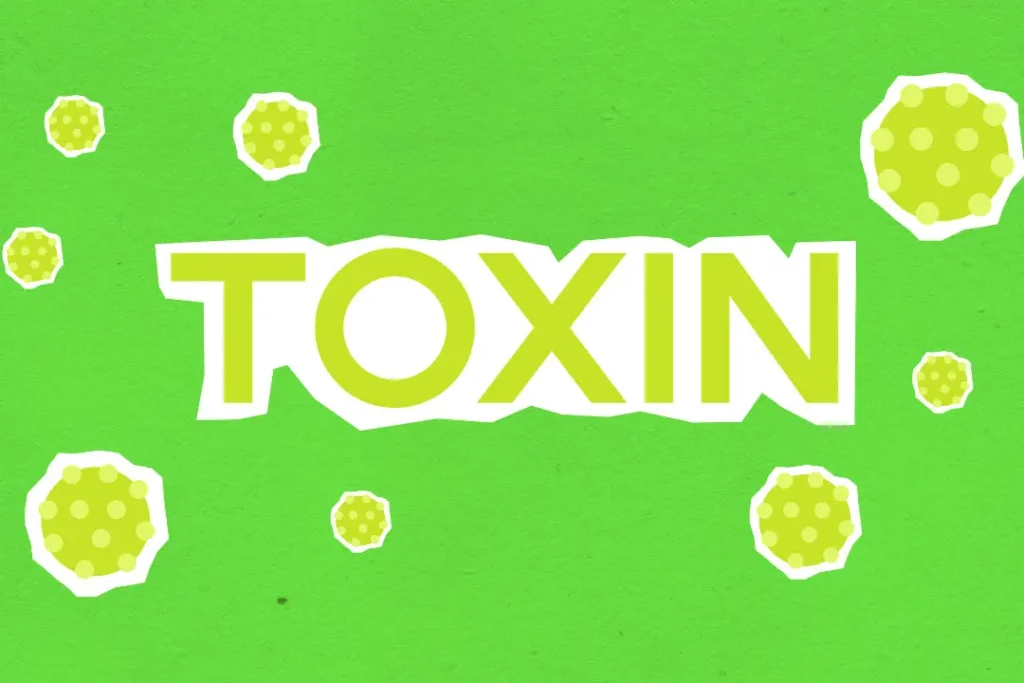The medicinal plant figwort (Scrophularia nodosa), commonly referred to as common figwort or forest figwort, has historically been utilized by many different civilizations to cure a variety of illnesses. This plant originated from Europe and North Africa and is used in both Traditional Chinese Medicine (TCM) and European Herbal Medicine. This page tries to examine the chemical components of figwort, as well as the herb’s health advantages, suggested dose, possible interactions, and adverse effects.
You May Also Like:
Diamond CBD Gummies vs. Joy Organics CBD Gummies
Sunmed CBD vs. Partnered Process CBD: Finding the Best CBD for Sleep
Figwort: Benefits, Dosage, Side Effects, Drug Interactions, and Other Important Information is an original (NootropicsPlanet) article.
Nature of Figwort
As a perennial plant in the Scrophulariaceae family, figwort is a herb. Square stems, opposing leaves, and tiny, green-brown, tubular blooms are some of its distinguishing features. The chemical diversity of this plant, which includes iridoids, phenylpropanoids, flavonoids, and triterpenoids, is thought to be the cause of its therapeutic benefits. Each of these substances has unique bioactivities that add to figwort’s medicinal potential.
Health Benefits and Physiological Mechanism of Action of Figwort
Traditional medicine has employed figwort to treat a number of ailments. It is important to understand that while some of these advantages have scientific backing, others may be lacking in terms of scientific data.
- Anti-inflammatory and antioxidant properties: Phenolic chemicals, which are strong antioxidants, are present in figwort. Additionally, the iridoids in figwort have anti-inflammatory effects that block the production of cytokines that cause inflammation.
- Antimicrobial Activity: Skin diseases have historically been treated with figwort. Its antibacterial qualities, which have been demonstrated in vitro tests against numerous dangerous bacteria and fungi, may be to blame for this.
- Diuretic Effect: Figwort has been utilized as a diuretic in conventional medicine. Its flavonoid concentration, which has been shown to enhance urine output and aid the body in eliminating excess fluid and toxins, may be responsible for this effect.

The Chemistry of Figwort
Each of the bioactive substances found in figwort has unique chemical characteristics that add to the plant’s overall medicinal potential. Important chemicals are:
- Iridoids are monoterpenes that are present in a variety of therapeutic plants. Harpagide and aucubin, two iridoids found in figwort, are thought to have anti-inflammatory effects.
- Phenylpropanoids: Verbascoside and isoverbascoside are two examples of the phenylpropanoids found in figwort and they have strong antioxidant properties.
- Flavonoids: The flavonoids luteolin and apigenin are found in figwort. These substances are well known for their diuretic, anti-inflammatory, and antioxidant effects.
- Triterpenoids: These substances, which are abundant in figwort and include oleanolic acid and ursolic acid, have been linked to antibacterial and anti-inflammatory properties.
Physiological Mechanisms of Action
The bioactive compounds found in figwort work in tandem to exert their therapeutic effects. The potential physiological mechanisms include:
- Inhibition of Pro-Inflammatory Cytokines Production: It has been demonstrated that the iridoids in figwort prevent the production of pro-inflammatory cytokines, hence lowering inflammation. Additionally, the triterpenoids in figwort block the NF-kB pathway, a crucial immune response regulator, which further reduces inflammation.
- Antioxidant Mechanism: The powerful antioxidants in figwort, called phenylpropanoids and flavonoids, counteract the damaging effects of free radicals in the body. By reducing oxidative stress, this function shields cells against oxidative injury and related illnesses.
- Antimicrobial Mechanism: It has been demonstrated that the triterpenoids in figwort break down the bacterial cell membrane, causing the germs to perish. This characteristic explains why figwort has historically been used to treat skin infections.
- Diuretic Mechanism: It is believed that the flavonoids in figwort work as diuretics by preventing the kidneys from reabsorbing salt and water. This procedure aids the body’s detoxification of extra fluids and poisons.


Optimal Dosage of Figwort
Due to the many ways that figwort is prepared and user preferences, there is no set dose for it. But in conventional medicine, the doses frequently entail steeping 2-3 times daily in water 1-2 tablespoons of dried figwort for 10-15 minutes. Always speak with a doctor before beginning a new supplement program.
Side Effects of Figwort
When used properly, figwort is often regarded as safe. However, a few people could develop minor side effects like diarrhea, nausea, and upset stomach. Additionally, because of its diuretic action, it may cause an increase in urine production, which, if too great, might cause dehydration. When ingesting figwort or any other diuretic, it is important to always be properly hydrated.


Potential Substance Interactions with Figwort
The interactions between figwort and other drugs have received little attention. But because figwort has a diuretic effect, it could combine with other diuretics and cause excessive fluid loss. Additionally, it might enhance the effects of anticoagulants and anti-platelets while perhaps raising bleeding risk. Before consuming figwort, anyone taking medication should see their doctor out of caution.
Best Responsible Uses of Figwort
It is advised to follow conventional dose recommendations, maintain regular hydration, and speak with a healthcare professional before using figwort, especially for people with pre-existing medical issues or those who are on medication, in order to maximize benefits and reduce hazards.
Figwort:
Conclusion
With a history rooted in traditional herbal medicine, figwort has been employed for its anti-inflammatory, antimicrobial, and antioxidant properties. It is a type of medicinal perennial plant (Scrophularia nodosa), that is commonly known as a common figwort or forest figwort. This plant’s leaves and roots have been found to comprise iridoids, phenylpropanoids, flavonoids, and triterpenoids which can boost their health-advancing effects.
A special effect that is shown by Figwort is the diuretic mechanism that can help remove extra fluids and poisons from the body. As with any herbal remedy, it is important to approach figwort with careful consideration. You should seek guidance from experienced practitioners and reputable sources to fully appreciate its possible contributions to holistic wellness.


References:
- Remarkable Positive Effects of Figwort (Scrophularia striata) on Improving Growth Performance, and Immunohematological Parameters of Fish. Retrieved from: https://pubmed.ncbi.nlm.nih.gov/34801674/
- The Genus Scrophularia: A Source of Iridoids and Terpenoids with A Diverse Biological Activity. Retrieved from: https://www.ncbi.nlm.nih.gov/pmc/articles/PMC6130519/
- Effects of Scrophularia ningpoensis Hemsl. on Inhibition of Proliferation, Apoptosis Induction, and NF-κB Signaling of Immortalized and Cancer Cell Lines. Retrieved from: https://www.ncbi.nlm.nih.gov/pmc/articles/PMC3763631/
Important Note: The information contained in this article is for general informational purposes only, and should not be construed as health or medical advice, nor is it intended to diagnose, prevent, treat, or cure any disease or health condition. Before embarking on any diet, fitness regimen, or program of nutritional supplementation, it is advisable to consult your healthcare professional in order to determine its safety and probable efficacy in terms of your individual state of health.
Regarding Nutritional Supplements Or Other Non-Prescription Health Products: If any nutritional supplements or other non-prescription health products are mentioned in the foregoing article, any claims or statements made about them have not been evaluated by the U.S. Food and Drug Administration, and such nutritional supplements or other health products are not intended to diagnose, treat, cure, or prevent any disease.
